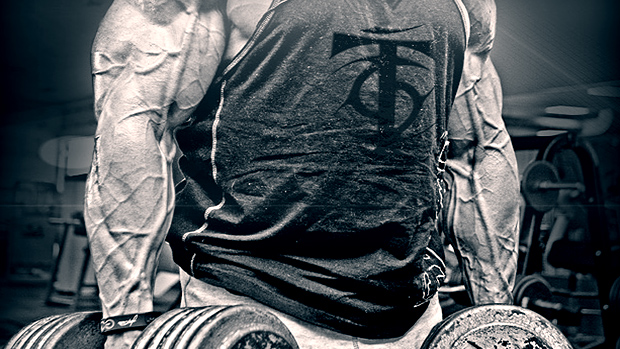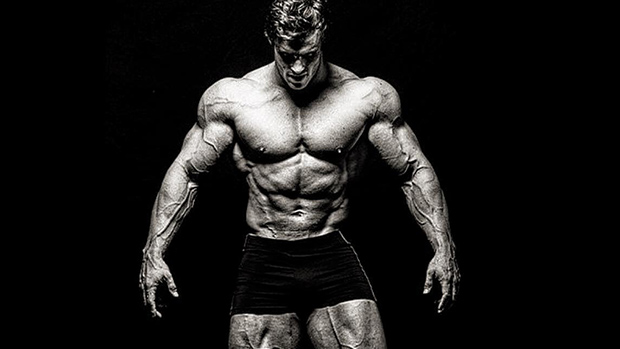You Can't Chest Press More Than Bodyweight
Strength standards for benching are bandied about all the time. According to the internet, you need 1.25 or 1.5 times your bodyweight on the bar to be considered strong.
This is stupid and could be responsible for more injuries than most things in the gym. Why? Because in real-life situations (you know, where we spend the other 23 hours a day), you can't chest press more than bodyweight.
I know what you're thinking: "Everyone in the gym can bench more than their bodyweight after a month or two of serious lifting!" And that's true when they're laying down against a bench in a totally contrived situation. But you can't do it anywhere outside the gym.
Think about it: If you try to push something that's right in front of you, it needs to weigh a lot less than you, or all you'll end up doing is pushing yourself backward. You'll do a standing press-away.
To push away something heavier than you, you'll naturally have to lean over to get more traction against the ground and a better angle for more ground reaction force at your feet. The result? Your shoulder ends up at the angle of an incline press, and as the load gets heavier, the angle will get greater until it's nearly an overhead press angle.
In the video you'll see a 300-pound man with a raw bench press of over 500 pounds. He can't chest press a 265-pound frame when he starts in a standing chest press position – he just pushes himself away. He needs to lean into it and make it an incline press. If the frame was heavier he'd need to lean over even more.
When you press while standing, your back isn't supported and your shoulder blades are moving freely with no interference or support from a bench. So it has very little to do with an incline bench press either, because that help from the bench ain't there, and your shoulder blade stabilizers need to be able to match your pressing power in the real world.
An unsupported, high-incline press is how you press heavy outside the gym, and it has almost NOTHING to do with benching.
Real-World Pressing Strength
If you want to be a strong presser in the real world, train heavy pressing with a Viking press machine or a landmine press. Ideally, you'd cycle the two since the combination of single and double arm, rotational and non-rotational, is a great balance.
If you want to isolate your chest for real-life situations, your best bet is to use dips and push-ups. Those will allow your shoulders to move naturally and train the shoulder blade stabilizers in addition to the pec major.
If you want to do bench presses, or dumbbell and machine chest presses for pec development, be my guest. I'm not your dad and I can't tell you what to do.
Just be aware that for shoulder health and real-world performance, you'll want to use the lifts here. Also realize that bench press standards are silly for those who aren't powerlifters.
Now for those of you who do grappling and think, "I lie down and horizontally press sometimes," there are still better options than benching, machine chest pressing, etc., but that's for another day.





